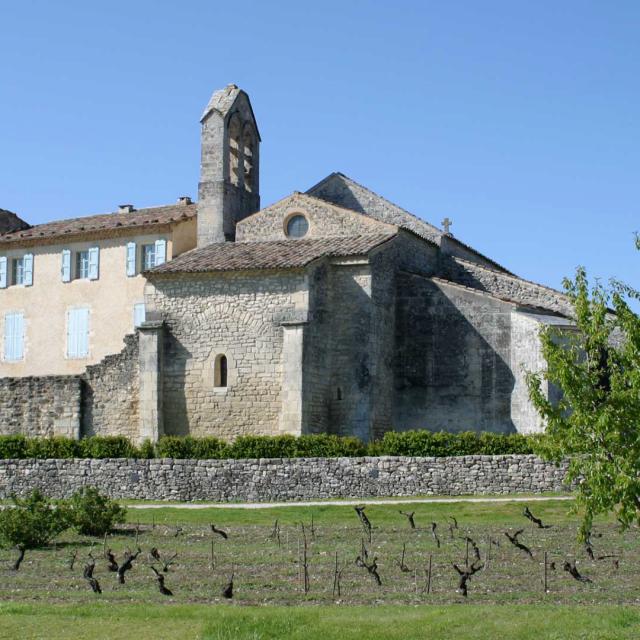Art & Religious Monuments
Centre d’Art Contemporain Les Capucins & Musée de Salagon
Located in Embrun, the Centre d’Art Contemporain Les Capucins has set up home inside a church rehabilitated in 2011. This ancient building has now been converted into a fluid space with magnificent volumes, welcoming four visual arts exhibitions every year by current artists. While you’re visiting the centre, don’t miss the opportunity to enjoy a stroll around the historic quarter of Embrun or along the shores of Serre-Ponçon lake. Another church converted into a contemporary arts venue awaits you in Mane, at the heart of the Haute-Provence area: the Musée de Salagon. This Romanesque-style building exhibits works paying tribute to the beautiful ethnobotanical gardens that grace the site.













